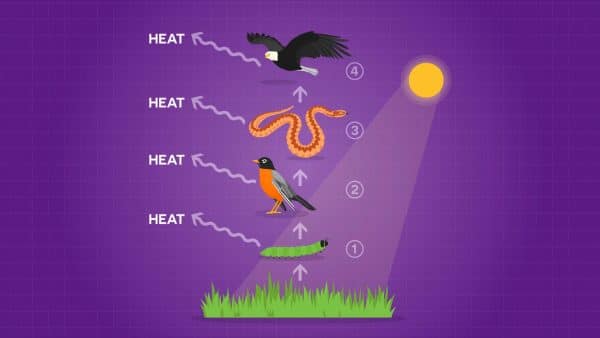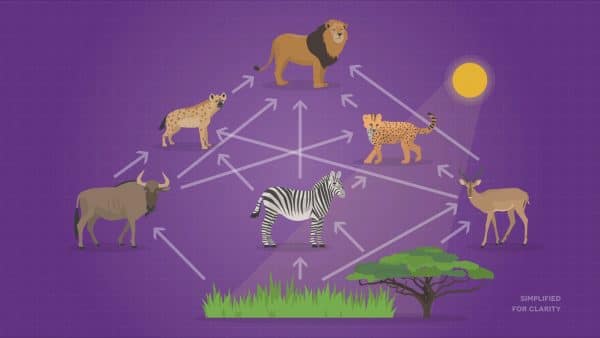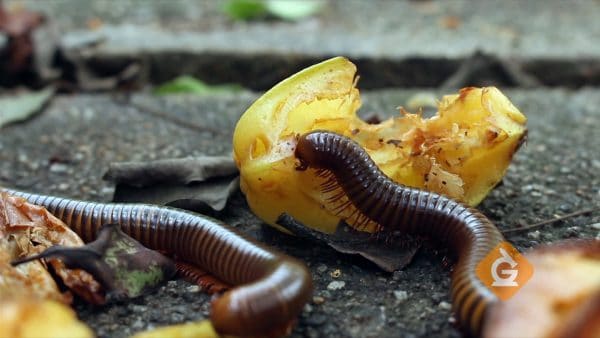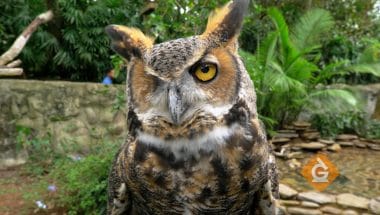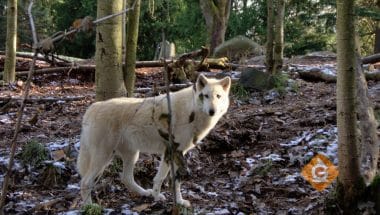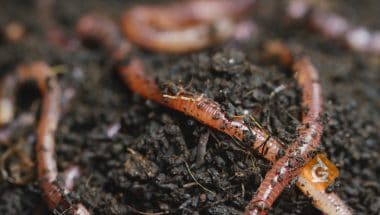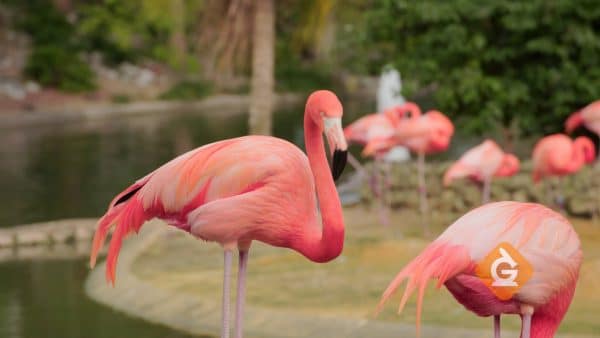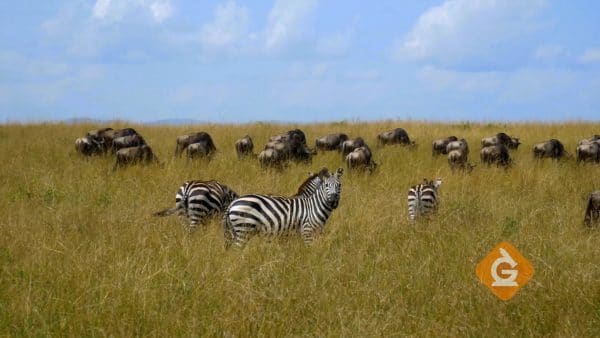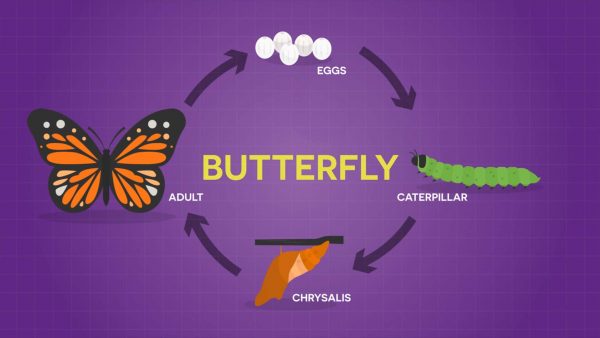The great horned owl is an apex predator. They eat mice, rats, frogs, snakes, and rabbits. That keeps the prey populations from getting too high and overgrazing the ecosystem.
Energy in food can be traced back to the sun.
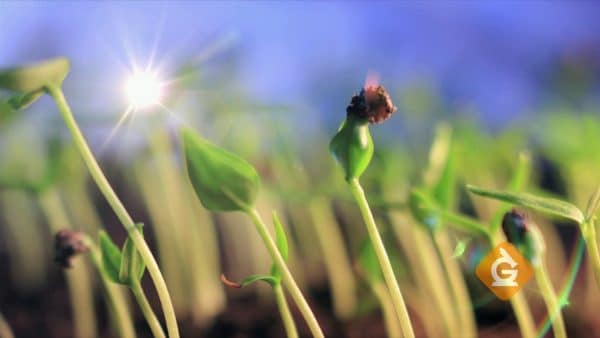
Living things need a constant supply of energy. The sun provides that energy, which is transformed into food by plants through photosynthesis.
Herbivores (plant-eating animals) eat the plants and receive energy. When the herbivore is eaten by a carnivore (an animal that eats herbivores), the energy from the herbivore is transferred to the carnivore. The transfer of energy from one organism to another makes up a food chain.
